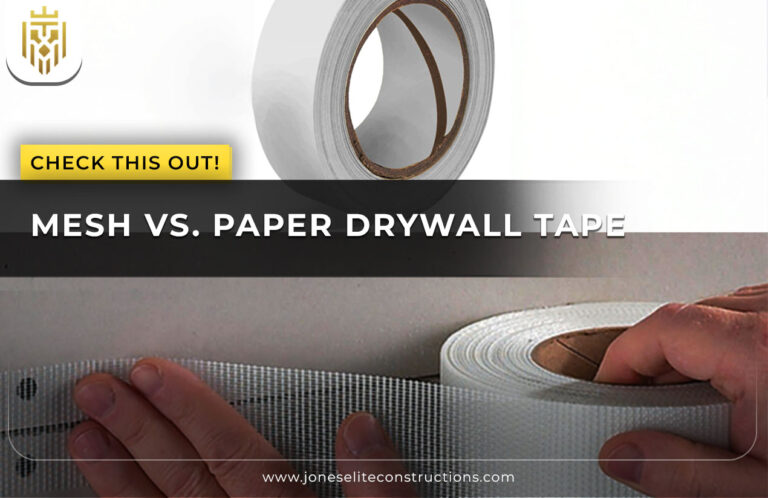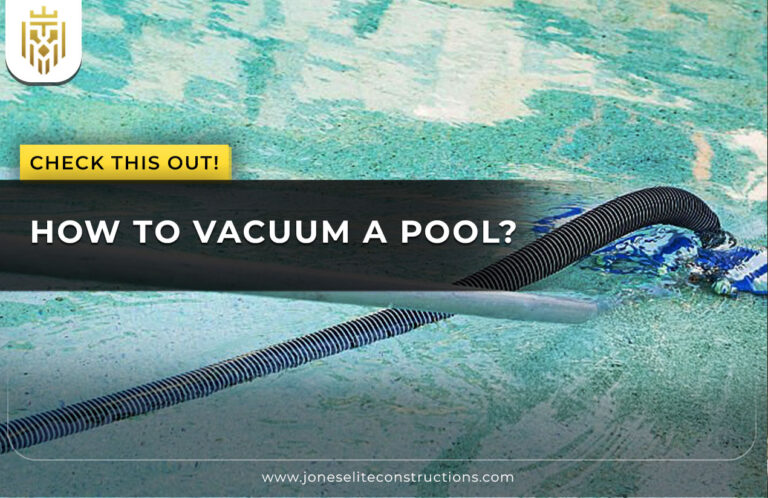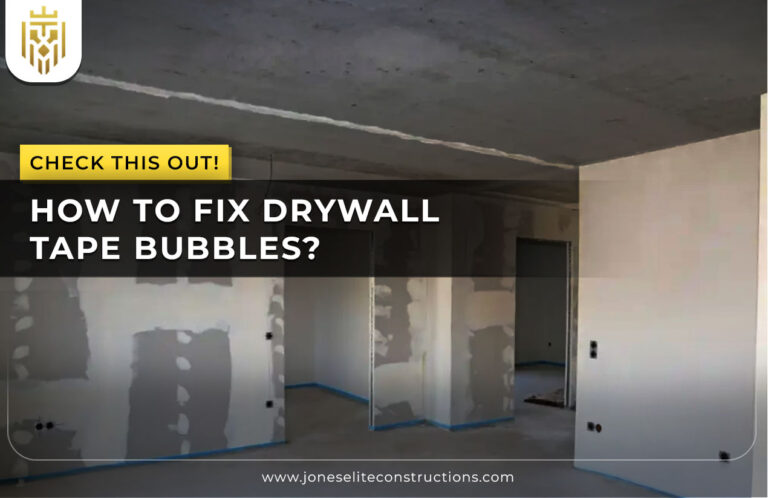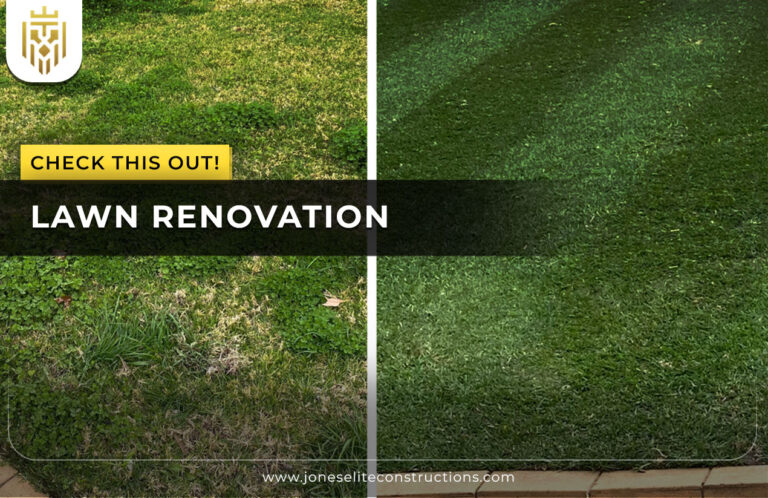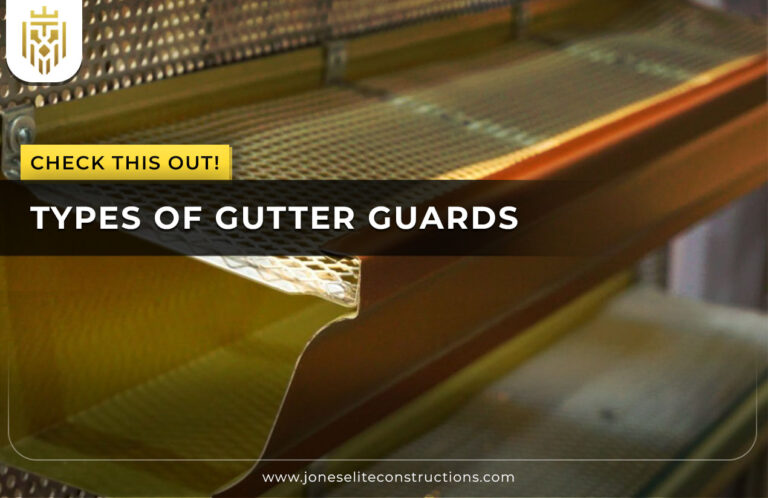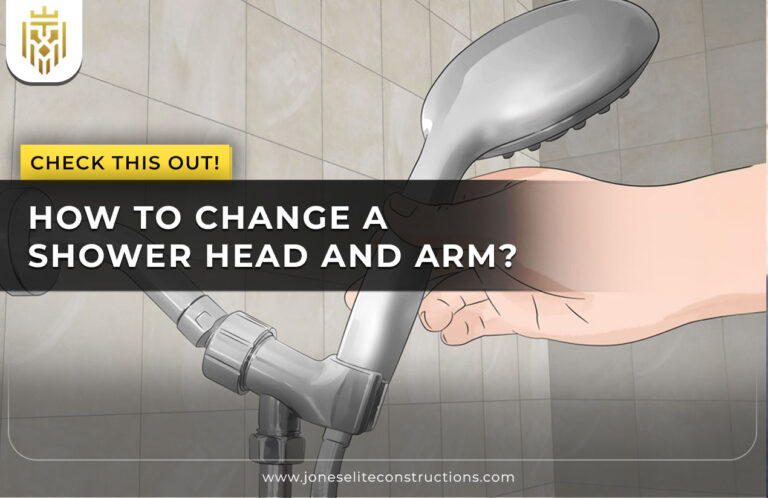Understanding Your Water Heater: Types, Maintenance, and Efficiency Tips
Understanding your water heater begins with recognising its types – tank style water heaters, heat pump water heaters, and solar water heaters. Add regular water heater maintenance, flushing and valve checking; even simple efficiency tips such as insulating give longer lives and reduced energy savings consumption skin.
Types of Water Heaters

There are tank-type water heaters, heat pump systems, and solar water heaters. As each type features unique characteristics, choosing the best type for one’s energy requirement, climate, and hot water hoarding maintenance needs.
-
Tank Style Water Heaters
Storage water heaters, also known as tank-type water heaters, store heated water in an insulated tank for ready supply. Such a type of water heater requires routine hot water heater maintenance like flushing and a check for any leaks to avert performance or energy inefficiency.
-
Heat Pump Water Heaters
A heat pump water heater is one that uses electricity to pump heat from air into water, such that it becomes more efficient than standard electric or gas water heaters. Routine maintenance on these types of water heaters ensures that they normally operate and continue conserving energy.
-
Solar Water Heaters
Solar water heaters can be divided into two categories: active and passive. Each category can have a variety of collectors. These systems are environmentally friendly, but they still need periodic maintenance, including inspection of pumps and valves and collector performance for optimum heating efficiency.
Components of a Water Heater

Each water heater contains important parts: tank, burner/heating element, thermostat, pressure relief valve, anode rod, and dip tube. These are handy inside a water heater and help steer into good hot water heater maintenance procedures and early troubleshoot of performance issues.
-
Tank
The water heater tank serves as a reservoir for holding heated water while providing space for internal components like the thermostat, anode rod, and relief valve within it. Under inspection during the maintenance of the water heater, this can prevent leaks, corrosion, and inefficient operation due to mineral build-up or age.
-
Heating Element or Burner
Electric water heaters have a heating element, whereas gas water heaters have a burner to heat their water. Efficient hot water heater maintenance requires checking for damage or inefficiencies in these key components so that heating is consistent and effective.
-
Thermostat
The thermostat regulates temperature in a water heater, turning heating on or off. Ensuring proper function of the thermostat is essential and should be periodically tested as part of standard hot water heater maintenance to avoid scalding or inefficiency.
-
Anode Rod
Anode rod is an essential valve in every hot water heater maintenance checklist and maintains the tank from excessive temperature and pressure, leading to explosions. Always test by lifting the valve lever for drainage and function of the valve itself.
-
Temperature and Pressure Relief
The temperature and pressure relief valve of a water heater is responsible for releasing excess heat or pressure to prevent hazardous situations. As part of tankless water heater maintenance or traditional unit care, this valve must be tested periodically for proper and safe operation.
-
Dip Tube
The dip tube directs cold water to the bottom of the water heater tank so that it can be heated evenly. If it is broken or worn, it can interrupt water temperature and cause performance issues. Include it in your water heater maintenance check-ups.
Signs your Water Heater needs Maintenance

Signs that your water heater needs assistance include rusty water, inconsistent temperature, and strange noises. All these indicate there are some internal problems, creating a need for periodic hot water heater maintenance to prevent expensive repairs while maintaining your system’s efficiency.
Visible Issues
Rusty water and inconsistent heating stand out as visible signs that your water heater needs service. Addressing these early with either prompt maintenance for the tankless style or a thorough check of the tanks can prevent bigger issues such as leaks and total system failure.
-
Rusty or Discoloured Water
Rusty or discoloured water indicates interior corrosion within your water heater. This indicates a failure in the anode rod or sediment build-up. Hot water heater maintenance needs immediate attention to avoid leaking and bad water quality.
-
Inconsistent or No Hot Water
Fluctuations in temperature or total absence of hot water are signals that the water heater could be having problems with the thermostat or the heating element. Such problems would demand immediate maintenance of the gas heater or inspection of the models operating with electric energy to restore them to working conditions.
Performance Problems
Less hot water and strange noises signal other issues such as sediment build-up or faulty parts; all of which will affect heating efficiency and lead to bigger faults if not addressed in time. This does emphasise the importance of continued upkeep of the hot water heater.
-
Reduced Hot Water Supply
Reduced hot water usually means sediment build-up or a failing heating element in the water heater. This is a clear sign it’s time for a thorough tankless water heater maintenance check or a flush to restore full capacity.
-
Strange Noises
Popping or rumbling noises from your water heater often indicate sediment has settled inside the tank. Routine gas water heater maintenance like flushing the system can eliminate these sounds and extend your unit’s operational lifespan.
Step-by-Step Water Heater Maintenance Guide
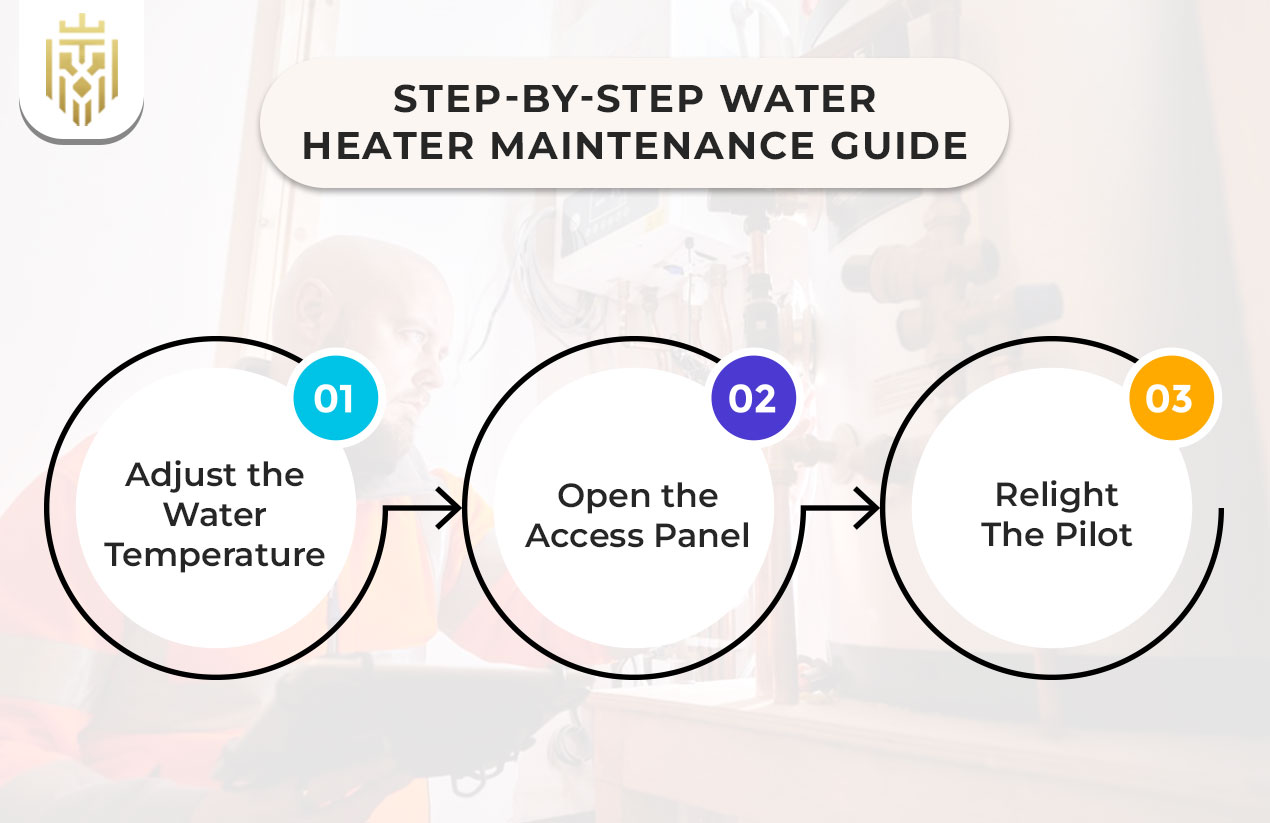
A periodical check-up of the water heater entails measuring or checking the temperature, opening access panels, and relighting the pilot when necessary. It would keep breakdowns at bay, plus improve performance, thus extending the life of storage or gas water heater units.
-
Adjust the Water Temperature
For starting off water heater maintenance, safely and while conserving energy, turn the thermostat down to about 120°F. It prevents scalds and is an apparent answer for reduced mineral build-up—two common maintenance missions for tank or tankless water heaters.
-
Open the Access Panel
Power should be turned off before any panel is removed. Look for signs of corrosion along with any wire damage inside. If wear and tear is evident on your water heater, fix it immediately. Inspection plays a vital role in the maintenance of gas water heaters as well as their safety.
-
Relight The Pilot
To relight the pilot on a gas water heater, turn the control knob to “pilot,” hold it down, and light the flame. Release it after 30 seconds and set it to “on.” This is one step that would be part of basic maintenance routines for the heater in the home.
Common Reason For Water Heat Replacement
Reasons to change a water heater include rust, age, build-up of sediments, and tank leaks. If hot water heater maintenance fails to solve issues, replacement becomes a safer and more cost-effective option.
-
Age
If the water heater is older than 10 years, performance may decline even with regular hot water heater maintenance. Increases in energy bills and higher risks of breakdowns due to older inefficiencies make this a wise choice.
-
Rust and Corrosion
Rust and corrosion develop when either the maintenance of the water heater is ignored, or the anode rod has failed. The integrity of the tank is generally compromised, meaning that replacement extends being the most suitable option before a leak.
-
Leaky Tank
Leaks from a water heater tank are usually due to faulty pressure relief valves or internal corrosion. Other reasons include sediment build-up, cracked tanks, and high water pressure that force a compromise of the system requiring immediate water heater maintenance to avoid damage.
-
Sediment Build-Up
Sediments accumulate and cause strange noises and inefficient heating. This is a widespread thing in hard water areas. Flushing is a standard maintenance procedure for water heaters, but if the damage goes beyond it, the heater should be replaced.
Water Heater Maintenance Tips
Flush the system on an annual basis and check the filters for proper maintenance of tankless water heaters. Test the temperature and pressure valve as well. For gas water heaters, schedule annual inspections to ensure proper operation and full performance capacity.
FAQs
1) What maintenance should you do on a water heater?
One should be flushing the tank, conducting anode rod checks, pressure relief valve testing, thermostat setting, and examining leaks or rust as part of regular water heater maintenance.
2) What does preventive maintenance on a hot water heater include?
Preventive maintenance of hot water systems is based on keeping maximum longevity- which involves regular inspection-cleaning burner or heating elements-rust-corrode-insulate pipes-provide serviceable venting for gas models.
3) What are the Signs your water heater needs Maintenance?
Signs that your water heater needs assistance include rusty water, inconsistent temperature, and strange noises. All these indicate there are some internal problems, creating a need for periodic hot water heater maintenance to prevent expensive repairs while maintaining your system’s efficiency.
4) What are the Water Heater Maintenance Tips?
Lowering the thermostat to 120°F is one of the best ways to maintain an effective water heater. Sediment flushing should be done once every year. After that, check up on the anode rod, inspect the electric and gas connections carefully and insulate the heater well for better energy usage.

